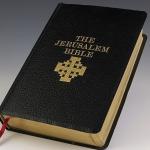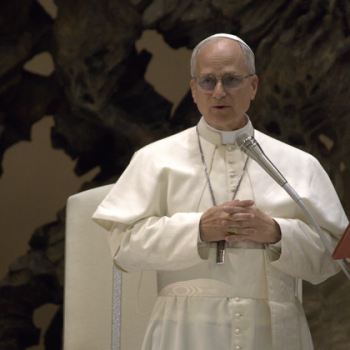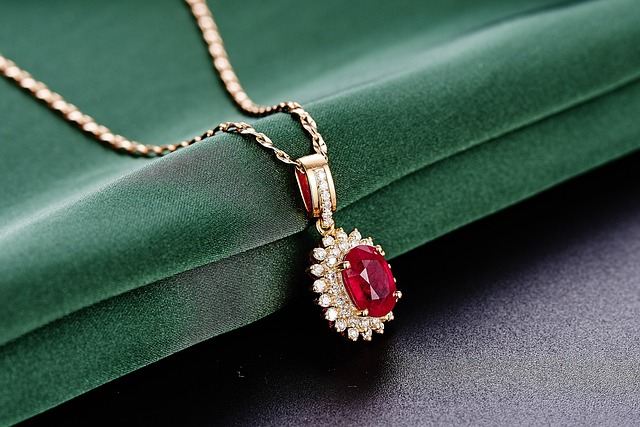
Precious Gemstones
The characterization of precious means viewing something as valuable, important, or scarce. Only four gemstones in the world have traditionally been considered precious. These include diamonds, emeralds, rubies, and sapphires.
In the ancient world, rubies were prized so highly that their value exceeded that of diamonds. Their value remains high in the modern world with rubies commanding the highest price per carat of any gemstone today.
Precious Rubies
A ruby is a transparent red gemstone composed of a corundum, a mineral form of aluminum oxide. The stone’s color ranges from a pinkish-red to a blood-red, with the most desirable shade being a deep red with a hint of blue known as “pigeon’s blood.” The gem’s name stems from its vibrant and fiery red color, deriving from the Latin word ruber meaning red.
A close relation exists between rubies and sapphires. In fact, the extremely hard and durable precious stone is actually a red sapphire. Regions with ruby deposits usually contain sapphire deposits as well.
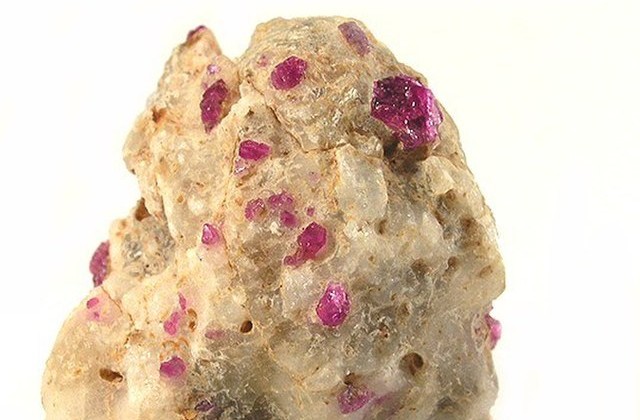
Where To Find Rubies
The limited distribution of rubies factors into their designation as precious. Southeast Asia offers the most significant concentrations of the gemstone. Myanmar, formerly known as Burma, is the world’s ruby capital, supplying 90% of the world’s rubies. The United States does have some rubies, but only in low concentrations with the states of Montana, North Carolina, South Carolina, and Wyoming producing such gemstones. Mozambique recently became one of the world’s most productive sources of gem-quality rubies following the discovery of a significant ruby deposit there in 2009.

History of Precious Rubies
In ancient times, the areas of Southeast Asia and India filled the demand for rubies. Royals prized the stone and incorporated rubies into crowns and jewelry to adorn themselves. Asian countries particularly valued the red gemstones, with noblemen in China and India using them to ornament harnesses, scabbards, and armor. Rubies also found their way into buildings, being laid in foundations to bring good fortune for the structures. Some of the earliest ancient texts produced by civilizations on the Indian subcontinent contain references to the use of rubies both in ceremonies and in everyday life.

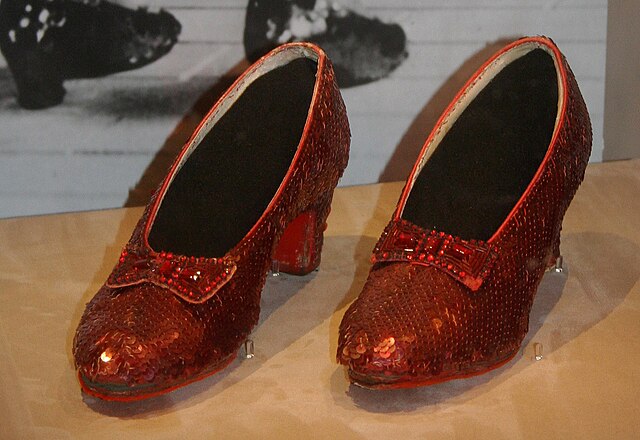
Biblical References to Precious Rubies
In Bible times, rubies were rare and considered among the most valuable of jewels. Biblical scholars interpret the high regard for the deep red gemstone in Bible passages as reflective of the esteemed status rubies held. References to rubies appear in both the Old and New Testaments. In Exodus, God instructs that special, beautiful garments be made for Aaron to wear while serving as priest and ministering to Him. In particular, gems, including a ruby, were to adorn the chest piece. At the other end of the Bible, in Revelation, John’s vision includes a heavenly throne with the one sitting on it having the appearance of jasper and ruby.
Three different Bible verses compare the rare and valuable rubies with wisdom and reach the same conclusion. Job 28:18 finds the price of wisdom beyond that of rubies. Both Proverbs 3:15 and Proverbs 8:11 deem wisdom more precious than rubies and state that nothing man desires can compare with it. That assessment makes wisdom an extremely valuable asset, perhaps the most valuable asset, as the verses present it as exceeding all material wealth, including, and in particular, the rare red gemstone.
Wisdom Versus Rubies
While a ruby is an easily identified material thing, wisdom is an abstract concept. The dictionary defines it as the ability to use experience and knowledge to make sensible decisions or judgments. But wisdom, in the context of the the verses comparing it to rubies, does not equate to a mere intellectual knowledge. Instead, wisdom means deep spiritual understanding and discernment aligning with God’s will.
What wisdom and rubies do hold in common are their rarity and extreme value. Since rubies symbolize wealth and material value but are seen as less valuable than wisdom indicates the incomparable worth of wisdom. Given the world’s current state and the poor choices man in general has made throughout history, a convincing argument that wisdom is widespread cannot be made. No, indeed it is quite rare and a spiritual asset rather than material wealth.
The value of wisdom in the spiritual sense incorporates the idea of it being eternal. Rubies, however durable, aren’t characterized as eternal. Wisdom, as a spiritual virtue thus holds far more worth than mere earthly treasures and calls for spiritual pursuits with eternal value as opposed to temporal gains on earth.
Rubies and Wisdom Both Precious
In the sense of rarity and value, both wisdom and rubies are precious. Each one is durable, rubies in the material sense but wisdom in terms of eternity. The gemstone and the spiritual virtue provide beauty, however in vastly different ways. Fiery rubies catch the eye, but wisdom in the spiritual sense offers beautiful alignment with God’s will. Both are desirable, but if a choice must be made, choose wisdom. Rubies just can’t compare.



